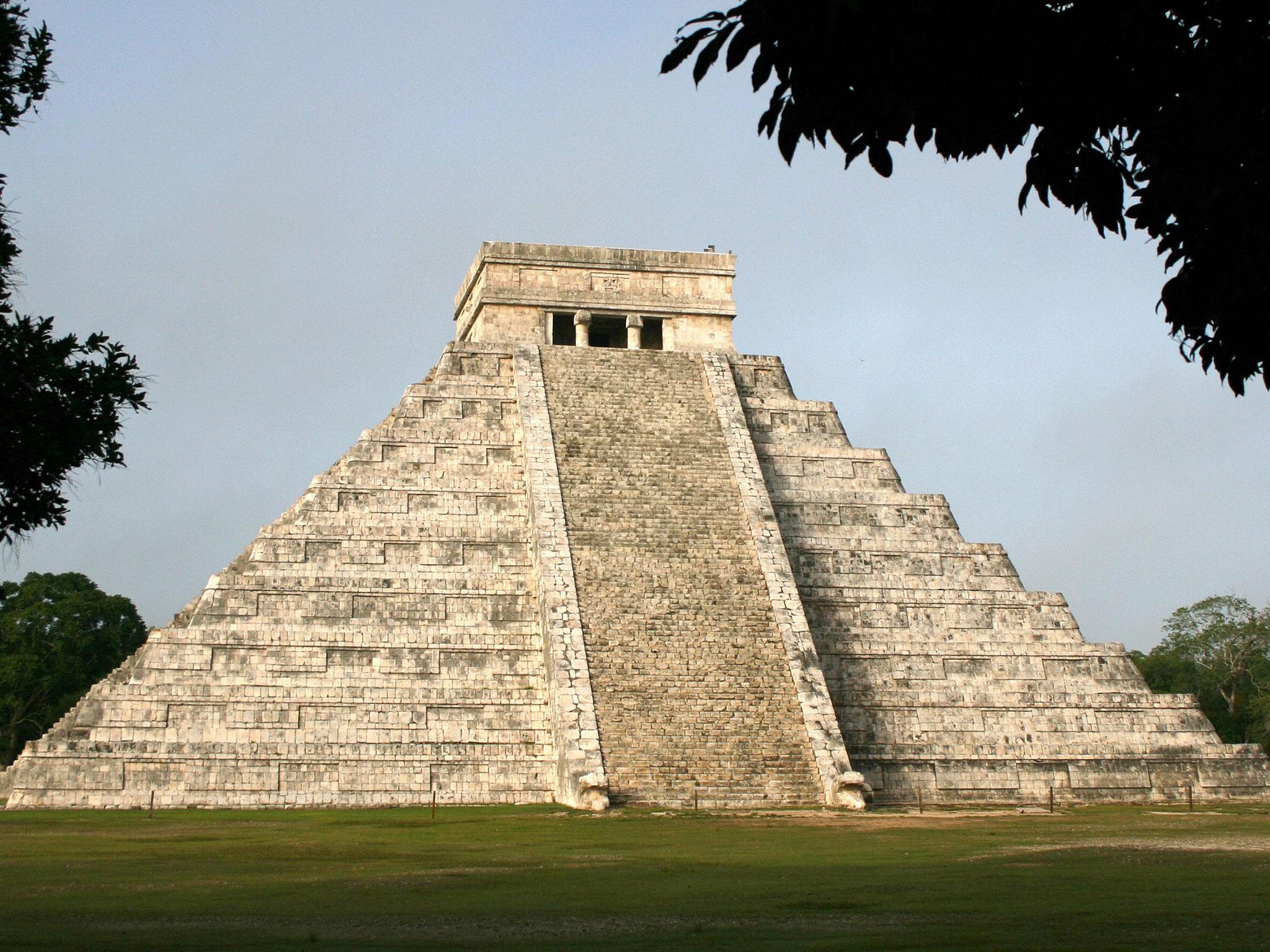Hidden passageway discovered under ancient Mayan temple
Archaeologists hope to explore tunnel they believe was sealed by the ancient Maya

Your support helps us to tell the story
From reproductive rights to climate change to Big Tech, The Independent is on the ground when the story is developing. Whether it's investigating the financials of Elon Musk's pro-Trump PAC or producing our latest documentary, 'The A Word', which shines a light on the American women fighting for reproductive rights, we know how important it is to parse out the facts from the messaging.
At such a critical moment in US history, we need reporters on the ground. Your donation allows us to keep sending journalists to speak to both sides of the story.
The Independent is trusted by Americans across the entire political spectrum. And unlike many other quality news outlets, we choose not to lock Americans out of our reporting and analysis with paywalls. We believe quality journalism should be available to everyone, paid for by those who can afford it.
Your support makes all the difference.Archaeologists believe they have found a hidden passageway beneath a 1,000-year-old Mayan temple.
The experts discovered the tunnel under the Kulkulcan pyramid, which is part of the Chichen Itza archaeological site in Yucatan, Mexico.
They think it could lead to a natural, water-filled sinkhole known as a cenote, which was discovered beneath the temple in 2015.
Cenotes are formed when limestone bedrock collapses, exposing the groundwater beneath.
Some of them are thought to have been used by the ancient Mayans for human sacrifices. Previous expeditions have found human bones in other cenotes beneath Chichen Itza.
The passageway was discovered by a team from the Great Mayan Aquifer Project, led by the underwater archaeologist Guillermo de Anda.
His team discovered the potential entrance in a smaller burial chamber known as the ossuary and have been exploring the area for the last six months.
They believe it may have been sealed up by the Mayans.
"Through the ossuary we can enter the cave beneath the structure and there we found a blocked passageway, probably closed off by the ancient Mayans themselves; we will enter again and, this time, we will try to open it to see if the passageway leads us to the entrance of the cenote beneath the castle," Mr de Anda told El Universal.
The archaeologist said he plans to explore the tunnel with his team.
"First we want to prove it exists because no one has seen it, we only have the images; then we'd have to explore it," he added.
It comes after scientists found a huge "plane-sized" void in the middle of the Great Pyramid in Giza, Egypt.
Join our commenting forum
Join thought-provoking conversations, follow other Independent readers and see their replies
Comments